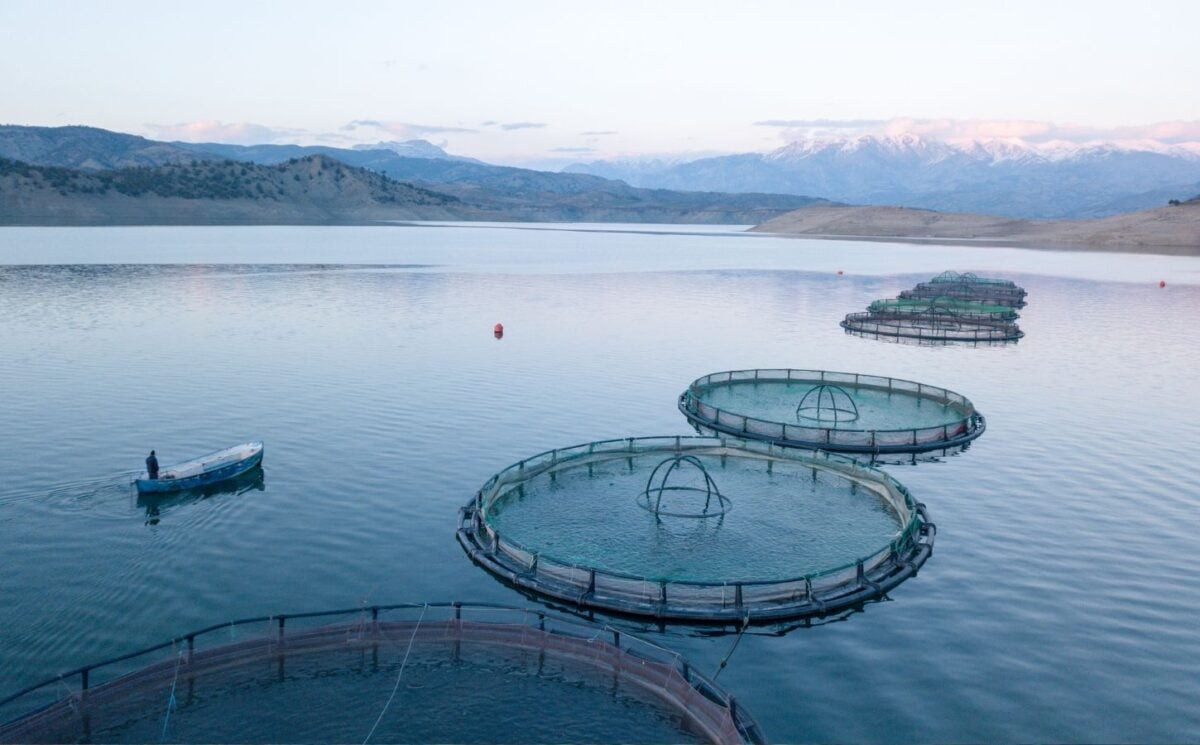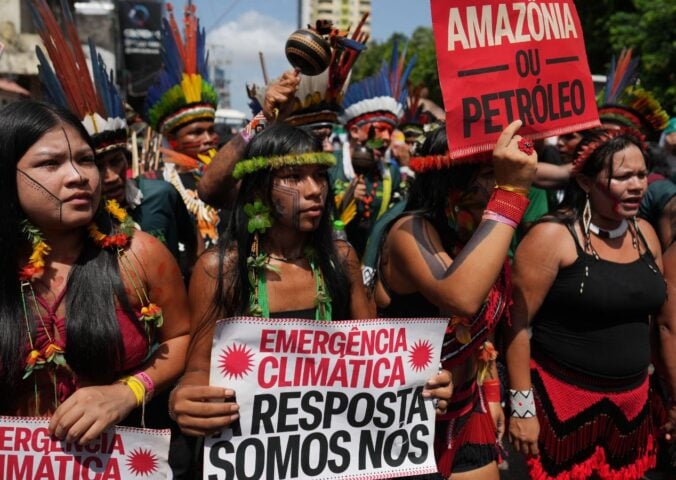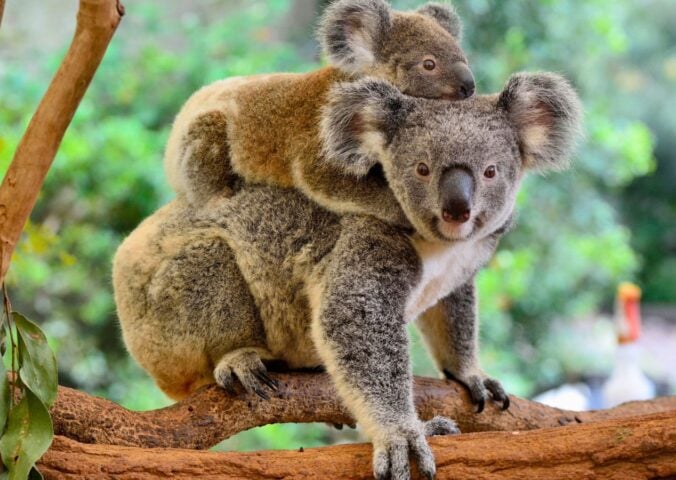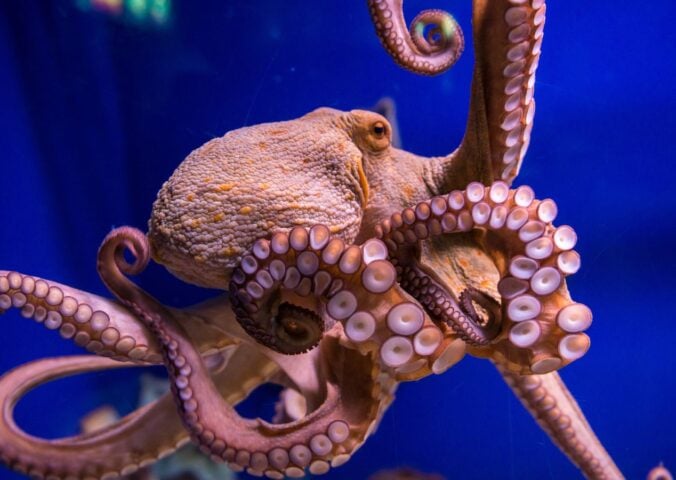If you eat fish, have you ever wondered where the food on your plate comes from? Many won’t give it a second thought, while some may conjure up images of a smiling fisherman with a rod and some maggots. It’s likely that very few will know there’s a good chance the fish was raised on a farm. Fish farming is often heralded as a sustainable alternative to industrial fishing, but is this true? And is the practice cruel?
We tend to associate intensive agriculture with cows, pigs, and chickens, but there are billions upon billions of fishes* hidden away in farms. Fish farming is referred to as “aquaculture,” and it’s a multi billion dollar industry.
More fishes are killed each year than all other animals combined. The total number we slaughter is almost incomprehensible – with estimates suggesting it’s up to 2.7 trillion. Much of this is down to industrial fishing, where huge nets and lines also kill a huge number of unintended animals (known as bycatch).
While humans eat vast quantities of fishes from the ocean, around half of those consumed are raised on farms. But what is life like for a fish on a farm? Here’s everything you need to know about the aquaculture industry.
What is aquaculture?
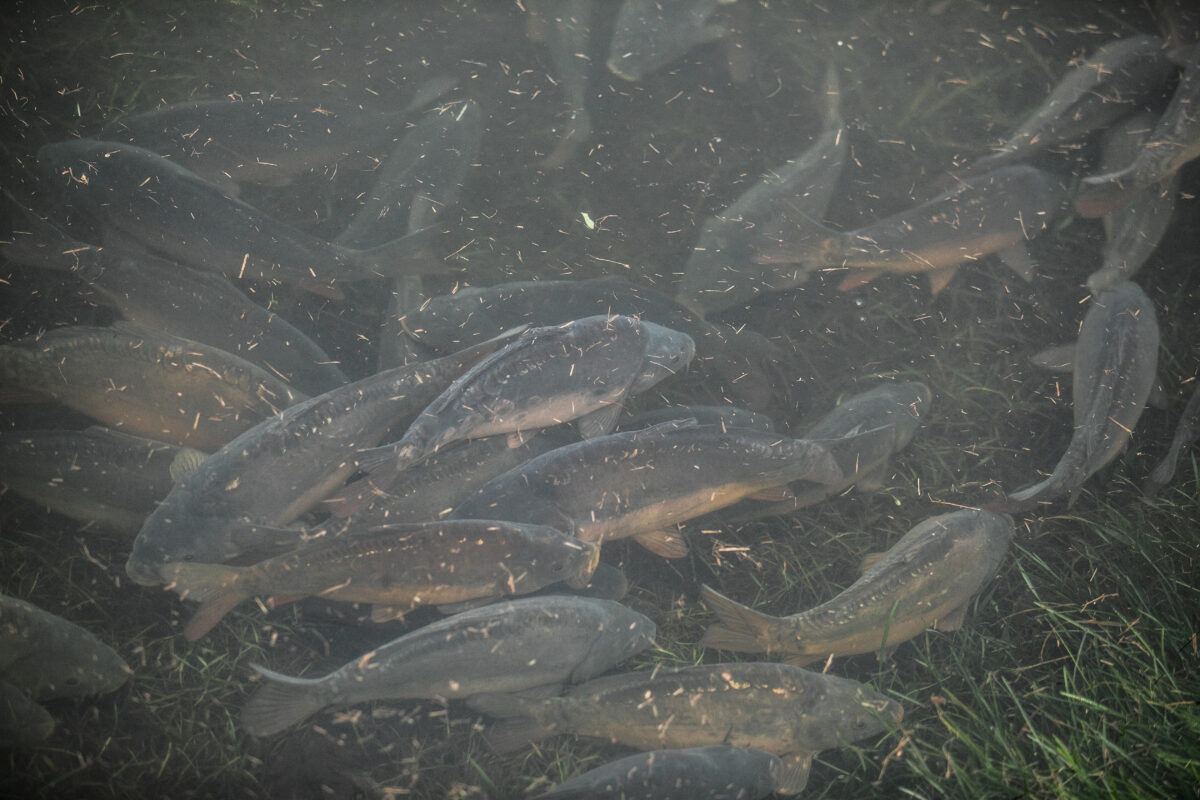
Aquaculture refers broadly to all forms of underwater agriculture. While the term is used to describe farms growing aquatic plants like algae, it most commonly refers to fish farming, the breeding and rearing of “seafood” in underwater farms. It’s very difficult to measure exact numbers, but it’s thought that between 40 billion and 120 billion farmed fishes are killed for food each year.
The earliest recorded instances of fish farming date back to 1,000BC in China, where it’s thought carp were raised for food – but the intensive factory-style farming we see today has its roots in the industrial revolution in the 19th century. In the mid 20th century, the business began to boom.
The global aquaculture industry was valued at USD $286 billion in 2022. It’s been forecasted to rise to 421.2 billion by 2030. Estimates suggest that 60 percent of the fishes we eat will come from farms by this date. By contrast, in 1970, five percent of fishes consumed came from farms.
What do fish farms look like?
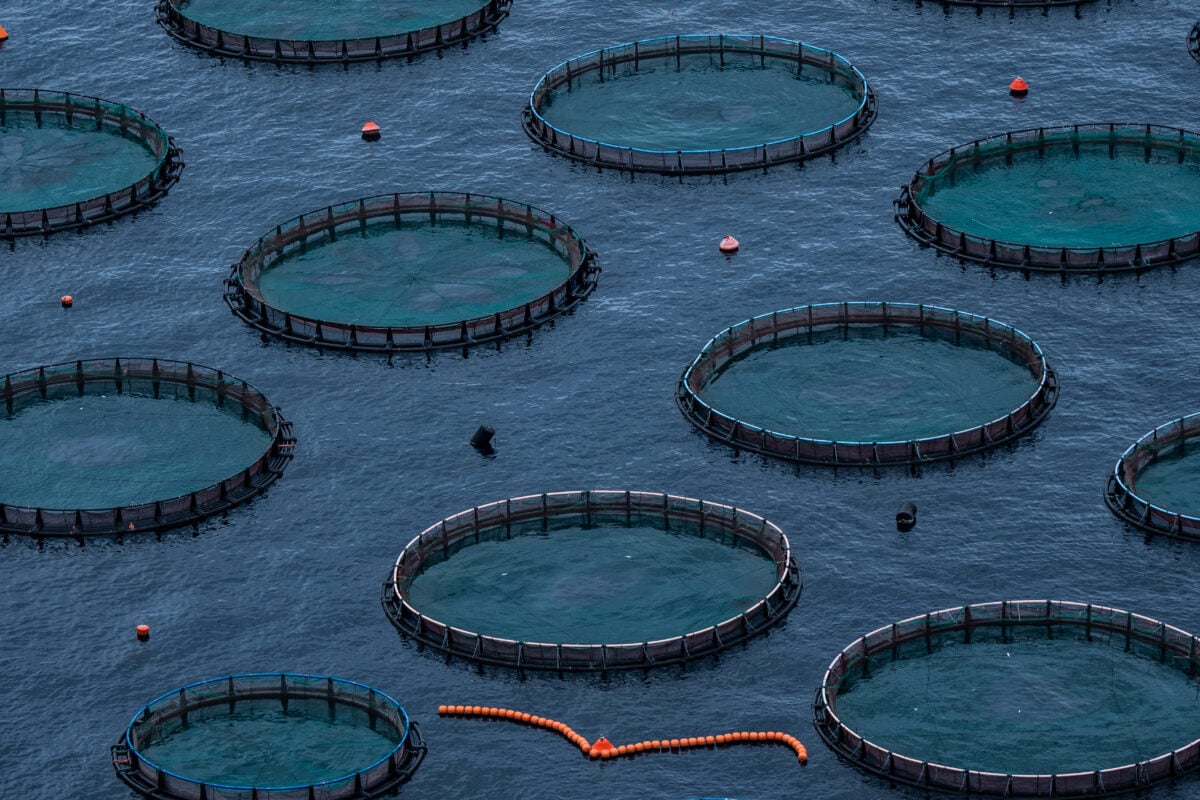
Fishes are generally raised in tanks or artificial enclosures in salt or freshwater. The farms will likely be located in rivers, lakes, or in the sea. The tanks are often circular and barren, and the fishes forced to swim endlessly in circles alongside tens of thousands of others.
What fish are farmed?
The most commonly farmed fishes are Atlantic salmon and rainbow trout, with the majority of these being raised in the aquaculture system. According to the WWF, salmon aquaculture is one of the fastest-growing food production system in the world, and 70 percent of all salmon eaten are farmed. Other commonly farmed species include carp, catfish, sea bass, and tilapia.
How are fish treated on farms?
Numerous investigations have shown that fishes suffer on farms. While many people believe that they lack sentience, studies have indicated that they are able to feel pain, have long-term memories, and are capable of complex thought processes.
Despite this, they are kept in unnatural conditions that likely cause a great deal of physical and mental distress. The overcrowded conditions mean that disease is rife within the enclosures. Due to the fact they are so close together, injuries like broken fins are common. The water quality will often be poor, meaning the fishes may struggle to get enough oxygen.
Salmon, for example, are generally farmed in huge underwater cages. In the UK, they are the second most intensively farmed animal (after chickens). Most salmon farms are located in Scotland, with fishes confined to barren circular enclosures. Salmon are migratory animals, and will swim for long distances in the wild. On farms, however, they swim endlessly in circles. Parasites like sea lice are often prevalent in enclosures, and these can eat fishes alive.
In 2020, animal welfare organization Compassion In World Farming conducted an investigation into 22 Scottish salmon farms. Investigators found that parasites were rife, and that they were eating away at the animals’ skin. Seaweed was growing from the fishes’ open wounds, and chunks of flesh were missing from many of their bodies. The water was also dirty, and the fishes were struggling to get enough oxygen. Around a quarter of the fishes died before they reached slaughter age, and there were many dead fishes floating in the sea pens.
How are farmed fish slaughtered?
Prior to being slaughtered, fishes will often be starved for two or three days in order to empty the gut. There are a range of methods used to kill fishes, many of which experts have stated cause great suffering to the animals. They may be suffocated with carbon dioxide (CO2) gas, ice, or air, or have their gills cut without being stunned. Some may even be butchered and “processed” while still alive.
A 2023 investigation from animal advocacy group Animal Equality uncovered a “string of abuses” at a number of salmon and trout slaughter boats in Scotland. Some of the companies involved were RSPCA-approved, and marketed themselves as “high welfare.”
Investigators filmed undercover footage over the course of the year. They found that workers were throwing dead and dying fishes overboard, or else leaving them to suffocate. Many of the animals were also wounded. Fishes were also observed apparently still conscious after exiting the stunning machinery.
“This is not the first time that we have uncovered welfare abuses taking place in a fish slaughterhouse, the body of evidence just keeps on building,” Executive Director of Animal Equality UK Abigail Penny told Plant Based News at the time. “There seems to be a culture of non-compliance within this industry and, clearly, it cannot be trusted.”
Do fish feel pain?
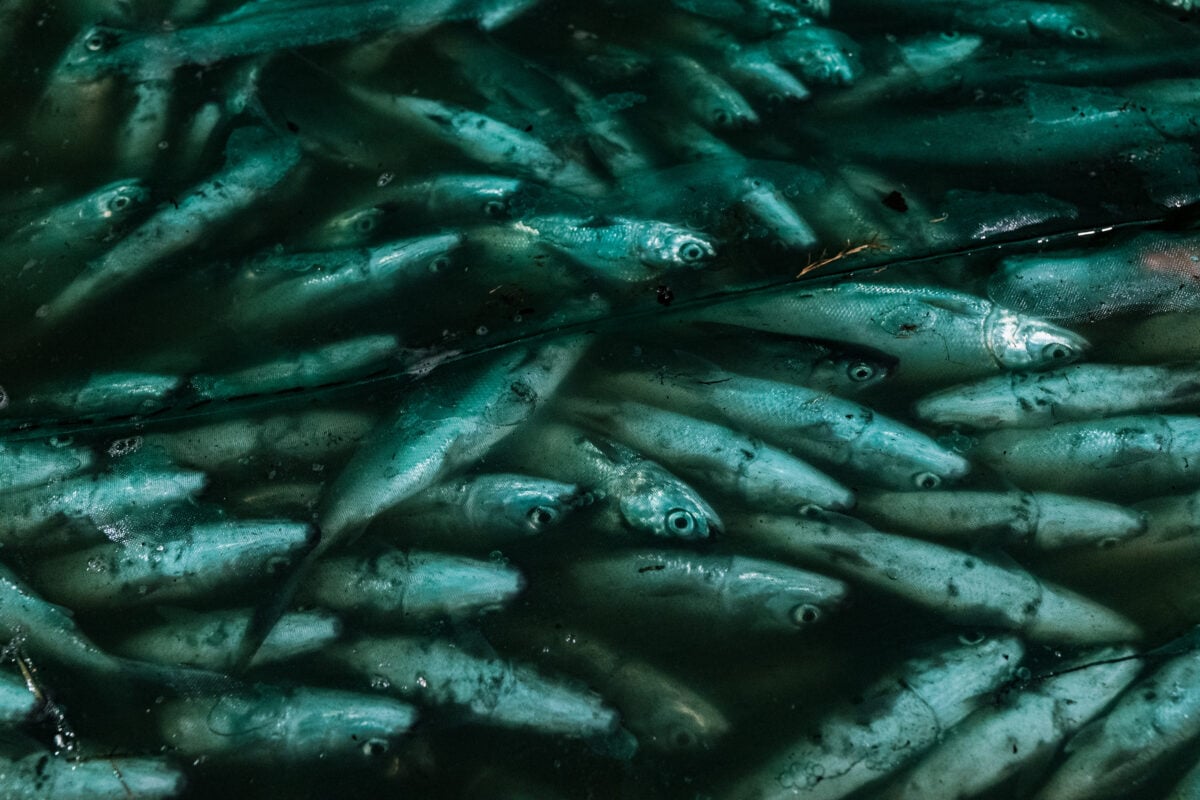
Historically, people have tended to think of fishes as unintelligent and unconscious animals. This is largely because they look and behave very differently to us. But despite what many people think, there is every reason to believe that fishes feel pain. Pain is a subjective experience that’s impossible to measure in any animal, but scientific research has indicated that they are just as capable of feeling as any other being.
In her book Do Fish Feel Pain?, biologist Victoria Braithwaite stated: “there is as much evidence that fish feel pain and suffer as there is for birds and mammals.”
Fishes have a brain and nervous system, and the nervous system releases endorphins that relieve suffering. Fishes have also been observed responding to pain in similar ways to mammals and other beings. In one study, a rainbow trout had acid injected into their lips, which caused them to stop eating and rock back and forth in their tank. They also rubbed their lips against the tank walls.
There is also a great deal of evidence that goes against the popular idea that fish have three second memories. Culum Brown, a fish cognition expert at Macquarie University in Australia, has stated that this belief prevails due to a feeling of guilt among the public about the conditions we keep them in. “We’ve known about the reasonably good memories of goldfish since the ’50s and ’60s,” he said. “Despite what everybody thinks, they’re actually really intelligent.”
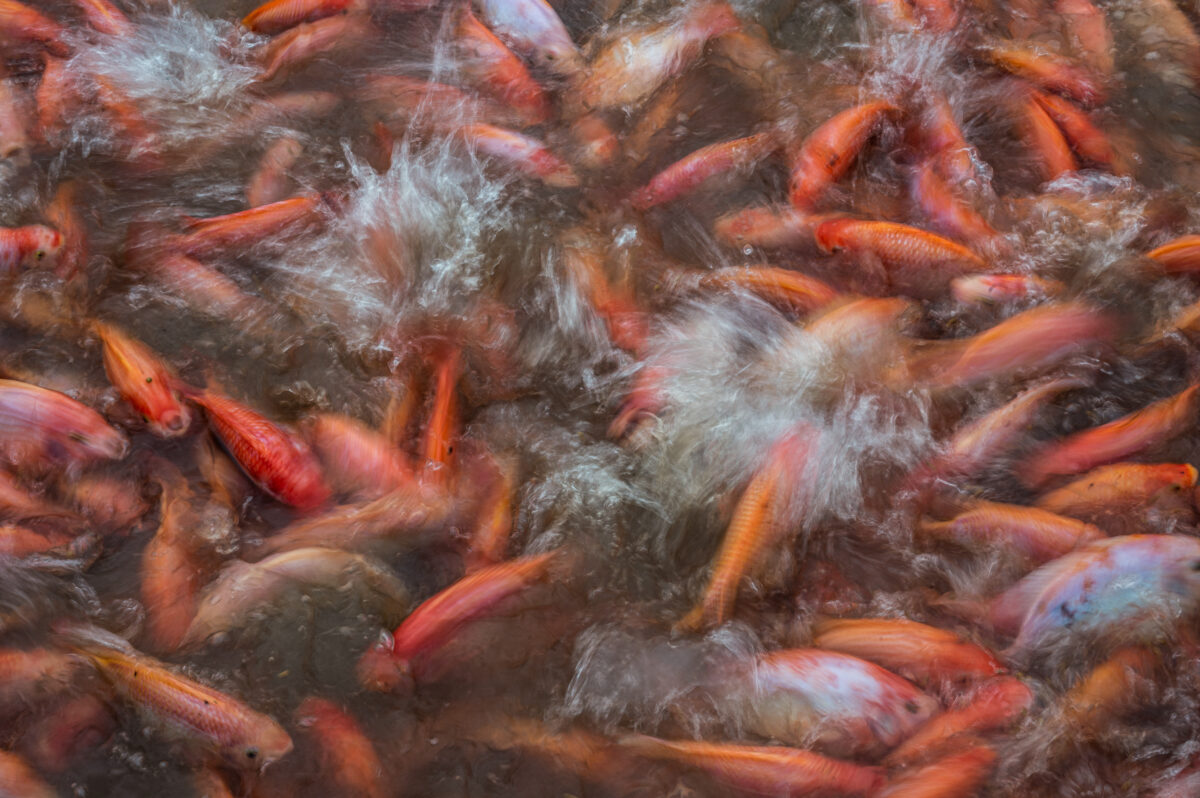
A study from 2023 also indicated that fish appeared to have self-awareness. Scientists at Japan’s Osaka Metropolitan University (OMU) researched the cleaner fish species, and found that they appeared to recognize their own reflection. They used the “mirror test,” which entailed putting the fish in front of a mirror, before drawing a mark on their face and showing them their reflection again. Most of the fishes attempted to touch the mark, indicating they knew it was themselves in the mirror.
What countries are fish farmed in?
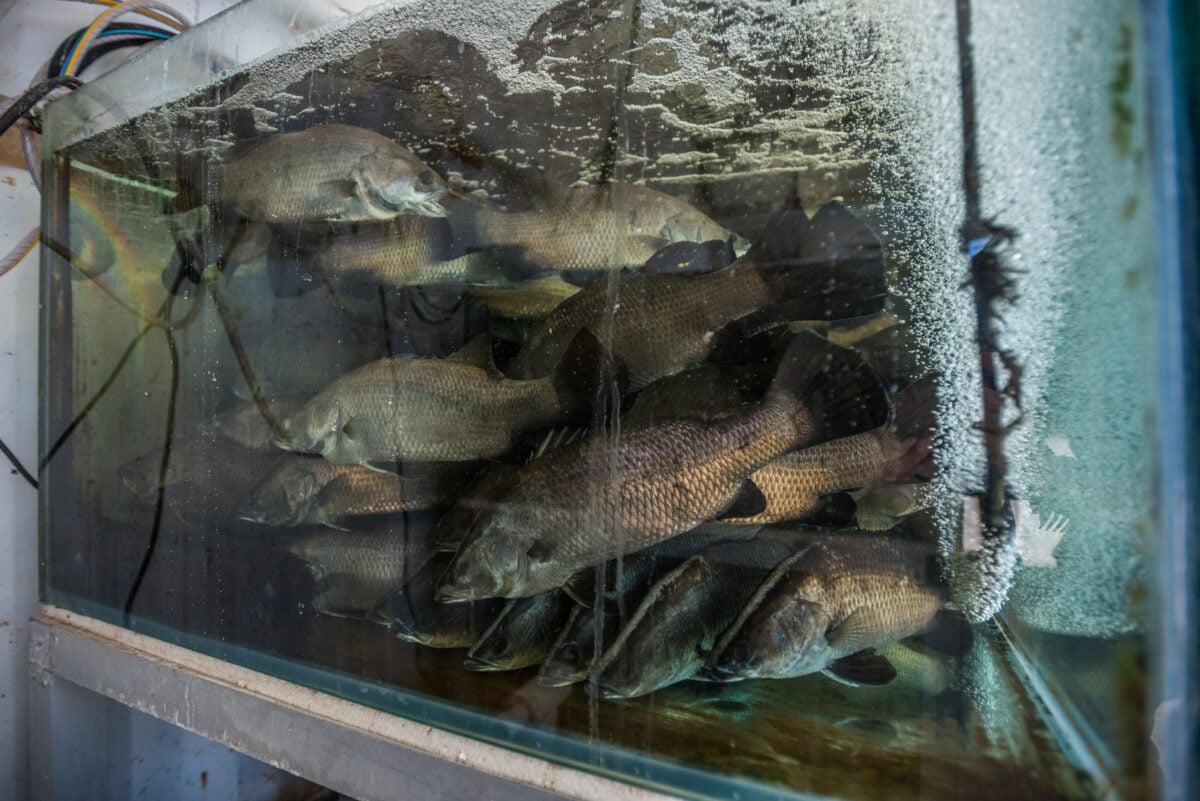
China is the world’s largest producer of farmed fishes, mostly producing and exporting shrimp, tilapia, and carp. Its entire aquaculture industry produces around 63.7 million tons of produce each year (including aquatic plant produce). Vietnam, Scotland, India, and Norway also have large industries.
Is fish farming better for the environment?
Despite the fact that many people deem fish farming to be cruel, some defend it by arguing that it’s a more sustainable alternative to industrial fishing. But is this true?
Industrial fishing is catastrophic for the environment. As well as killing fishes and other sea animals, it also destroys vital coral reefs and eco systems, and is a key contributor to the climate crisis. Our oceans are in danger of becoming severely depleted of fishes, and fishless oceans would lead to the destruction of life on earth as we know it.
The idea that fish farming could provide a solution to this problem, however, is severely flawed. Rather than helping to reduce the industrial fishing industry, it is actually contributing to it. This is because most farmed fishes are carnivorous, meaning they feed on other fishes. They are therefore given fishmeal made from fishes who have been caught from the ocean. Over 450 billion ocean-caught fishes are turned into food for farmed fishes each year. It takes two and a half tonnes of wild-caught fishes to produce just one ton of farmed salmon. Anchovies are regularly fed to salmon, and 500 of these animals will be required to produce enough fish meal to feed just one salmon.
The expansion of fish farming therefore leads to greater demand for products of the industrial fishing industry, further depleting our oceans.
*While the English language often refers to multiple fishes as “fish,” we have chosen to use the term “fishes” in order to emphasize their individuality.
